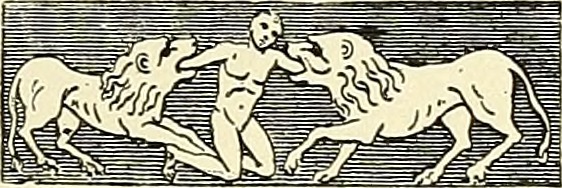Rather lovely mix of video, music & voices on peatland.
An audiovisual exploration of the past, present and futures of three peatlands: Bodmin Moor, Dartmoor and Exmoor.

An audiovisual exploration of the past, present and futures of three peatlands: Bodmin Moor, Dartmoor and Exmoor.
Rather lovely mix of video, music & voices on peatland.
Anil Dash: What I'm saying is, sometimes that machine is making us do something that replicates the systemic racism of the world around us. I don't think anybody intends that, but maybe by talking about it, what we can do is encourage each other to be a little bit more thoughtful, a little bit more mindful about which images we use, whose images we use, and the way we use them. And if we do that, we can keep the machines and the software and the technology from undermining other people's ability to trust in our good intent when we send them a message.
Really interesting discussions. I’ve messed around a lot with gifs, mainly making them, I like their use for examining moments, “art” and just playing with the tools. I’ve never, afair, entered into the world of reaction gifs. I’ve used giphy for the odd daft experiment, but that is as far as it goes.

For example, teaching digital skills would include showing students how to download images from the Internet and insert them into PowerPoint slides or webpages. Digital literacy would focus on helping students choose appropriate images, recognize copyright licensing, and cite or get permissions, in addition to reminding students to use alternative text for images to support those with visual disabilities.
Really interesting post by Maha Bali with some great real world examples.
Knowing the Difference Between Digital Skills and Digital Literacies, and Teaching Both
So often we only seem to have time for breezing through the skills and mentioning literacy. In my own work we deliver fewer and fewer daytime CPD opportunities, shorter twilights are delivered more often. Skills then become the main focus.
I’d be interested in knowing how much penetration digital literacy has in classrooms across Scotland?
Especially among staff who do not identify themselves as having digital skills?
An even more challenging read is: Media Literacy: 5 key concepts to teach this year
I am yet to see Microsoft or MinecraftEdu act in a way other than marketing and brand-building (ie scholarly).
and
Most media messages are organized to gain profit and/or power.
To learn this, kids need to be removed from the kind of dubious activity that ‘brands’ are doing to children with the willing co-operation of teachers. Point 5 – The message that goes with the device you place in the child’s hand was not created, designed or sold to make them more literate – and yet, we call it ‘digital literacy’ to mask the obvious effect of forcing one brand over another into kids education.
I’d like to see this discussed by a group of teachers who belong to different clubs, ADEs, MIEExperts, Google for Education Certified Innovators and the like. How do we deal with our bias when teaching? Do we walk the talk if we claim some sort of balancing act?
The featured image for this post is Public Domain: Image from page 108 of “Argument to errors of thought in science, religion and social life” (1911) | Flickr – Photo Sharing!
I’ve been dipping into the stream of fun and information on the University of Mary Washington New Media Center Digital Storytelling Summer of Oblivion online course. Organised by Jim Groom it would be pretty hard to describe but it is producing lots of interesting stuff. A great way to spend a lot of time following links to posts that range wide.
Among the various weird and wonderful posts I found a series of website/blogs from the University of Mary Washington New Media Center which give a good introduction to basic Digital Media Tools:
I’ve also created a la list of these links on linkli.st: Digital Media · linkli.st. linkli.st is a service that make it easy (bookmarklet) to create & curate lists of links.
Update (a couple of hours later): I just found a wiki I put together last year covering some of the same ground: Digital Media.